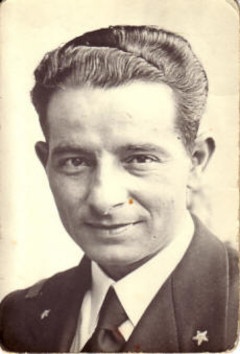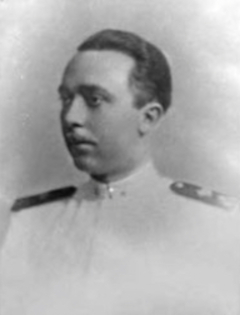Italian submarines in World War Two
Italian Commanders
Giuliano Prini
| Born | 25 Jan 1910 | Rome | |
| Died | Sep 1941 | (31) | Killed in action |
| RanksDecorations |
Career information
From 25.05.1939, served as Second in Command to C.F. Francesco Padolecchia in 4° GRUPSOM (Taranto).MAGGIORE BARACCA (T.V. First Officer): from 05.07.1940 to December 1940+.
ALESSANDRO MALASPINA (T.V. C.O.): from 23.03.1941 to 10.09.1941? (sunk, Prini was killed).
Commands listed for Giuliano Prini
| Submarine | Type | Rank | From | To |
|---|
Ships hit by Giuliano Prini
No ships hit by this Commander.War patrols listed for Giuliano Prini
| Submarine | Date | Time | Port | Arr. date | Arr. time | Arr. port | Miles | Description |
|---|
0 entries. 0 total patrol entries (0 marked as war patrols) and 0 events.


